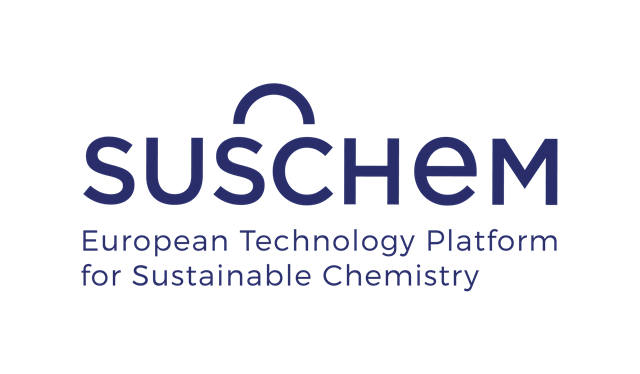The chemical industry’s ambition is to play a leading role in the transformation of the European economy to a sustainable low-carbon and circular economy by creating innovative climate and energy friendly solutions, both for its own processes and for many other industries through chemical products. A new report 'Low carbon energy and feedstock for the European chemical industry' from SusChem founding partners Dechema and released via the European Chemical Industry Council (Cefic) explores how the chemical industry can become carbon neutral by 2050.
The Dechema study analyses the technological options available for the chemical industry and outlines the conditions necessary to facilitate the transition of the European chemical industry to carbon neutrality.
As well as giving a first full overview of all available technologies for the main chemical production processes, it describes what is needed to refurbish the industrial base we know today in Europe, in a world of shale gas and low oil prices:
- Abundant low-carbon electricity in much larger volumes and at competitive prices;
- Availability of alternative feedstocks (e.g. bio-based raw materials, CO2 or industrial waste gases).
- An enabling fiscal structure to modernise ageing production facilities and equipment or build new plants;
- Government or public-private support to scale-up technologies and share investment risk for those technologies that are first of a kind or high risk
- Innovation and research into new chemical technologies that help overcome these challenges.
- Enabling business models to enhance cross-sectoral collaboration to find sustainable ways to re-use CO2
Role for SusChem and SPIRE
The report concludes that, in order to achieve the EU’s 2050 objectives, an ambitious research and innovation programme will be essential to improve the potential of required advanced technologies, and public-private-partnership efforts will be critical to enable fast deployment and risk sharing for the investments needed.
In addition, industrial symbiosis opportunities and sustainable materials recycling options should be further explored in order to improve energy and resource efficiency beyond sectorial boundaries.
Clearly these areas where SusChem and SPIRE are currently working hard to advance sustainable chemistry and sustainable process industry technologies.
Energy intensive
The chemical industry has already halved its energy intensity and greenhouse gas emissions since 1990, but producing chemicals remains one of the most energy intensive industrial processes. Making the sector carbon neutral while retaining its competitiveness in a full circular economy in Europe is a significant challenge, which cannot be solved by the industry on its own.
In an interview with Politico Energy Marco Mensink, Cefic Director General, said that the fact that the industry is looking at how to cut carbon emissions shows that it’s embracing the need for change, “I think we have always taken the position that we are very energy-intensive and that there are huge challenges to become energy neutral,” he said. “But this is a different stance.” Why? Because the attitude of the sector is changing, because the Paris climate agreement has become a reality, and because time is ticking, he added.
In an interview with Politico Energy Marco Mensink, Cefic Director General, said that the fact that the industry is looking at how to cut carbon emissions shows that it’s embracing the need for change, “I think we have always taken the position that we are very energy-intensive and that there are huge challenges to become energy neutral,” he said. “But this is a different stance.” Why? Because the attitude of the sector is changing, because the Paris climate agreement has become a reality, and because time is ticking, he added.
The main findings of the report are that the implementation of the technologies investigated in the study would allow for a very significant reduction of CO2 emissions in 2050 (up to 210 Mt annually under the maximum scenario). And including the production and use of fuels related to the pathways considered in the study, the additional CO2 abatement potential in 2050 exceeds the chemical sector’s current emissions even under the intermediate scenario.
Commenting on the report, Marco Mensink said: “Many promising low-carbon technologies are available at a relatively advanced stage of development. The industry will need to find the way to overcome the investment, raw material and energy challenges for them to be implemented on a large scale in Europe.”
Kurt Wagemann, Executive Director of DECHEMA added: “The implementation of the technologies investigated in this study would allow for a very significant reduction of CO2 emissions of the chemical industry by 2050 even under the least ambitious scenario.”
However, such a transition to carbon neutrality will entail huge challenges for the European chemical industry including availability of low carbon energy, availability of alternative feedstock, investments in new assets that far exceed the typical level of investments in the recent years, uncompetitive production costs.
The report
The report Low carbon energy and feedstock for the European chemical industry looks into technology options and pathway scenarios to ensure a low-carbon, yet competitive European chemical industry by 2050. The study focuses on the main chemical building blocks used in upstream large volume production processes (ammonia, methanol, ethylene, propylene, chlorine and the aromatics benzene, toluene and xylene), which represent about two-thirds of all GHG emissions in the chemical sector.









